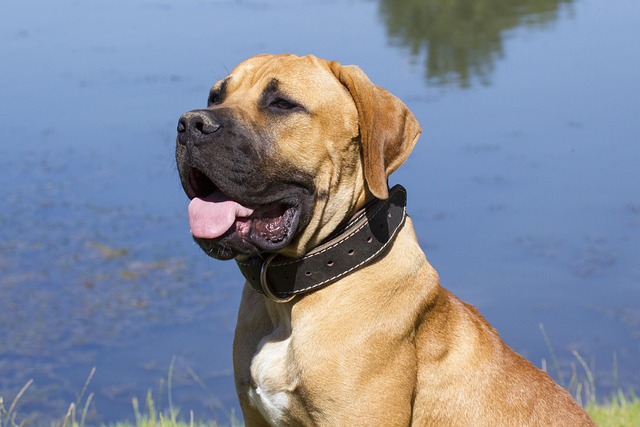
How do I start my dog on agility training?
The idea of watching your dog leap, weave, and race through an agility course is exhilarating. But before you dive in, it’s essential to understand the journey ahead,
Bringing home a new puppy is an exciting adventure, but it also comes with the big question: What is the first thing you should train your puppy? As a new dog owner in the U.S., you might feel overwhelmed by all the skills you want your furry friend to learn. However, starting with the right foundation can make a world of difference in your puppy's development and your life together.
Puppies are like sponges, eager to learn but also easily confused. The first training focus should be on commands and behaviors that build a strong bond and ensure safety. "Come" is often considered one of the most crucial initial commands. Biologically, puppies have an innate instinct to follow and be part of a group. By teaching "Come," you're tapping into this natural behavior while also establishing yourself as a trusted leader. When a puppy responds to "Come," it keeps them safe in various situations, like when they wander off in the park or are at risk of running into traffic. Another essential early training aspect is potty training. Puppies have small bladders and need to learn where it's appropriate to relieve themselves, which helps maintain a clean living environment and sets good habits from the start.
To train "Come," start in a quiet, enclosed area like your living room. Call your puppy's name in a cheerful voice, followed by "Come," and when they run towards you, immediately reward them with a high - value treat, like a small piece of cooked chicken, and lots of enthusiastic praise. Repeat this several times a day, gradually increasing the distance between you and your puppy. For potty training, establish a regular schedule. Take your puppy outside to the same spot after naps, meals, playtime, and first thing in the morning and last thing at night. Use a consistent command like "Go potty" and praise them when they do their business in the right place. Be patient and keep an eye on their body language, such as sniffing the ground, which can indicate they need to go.
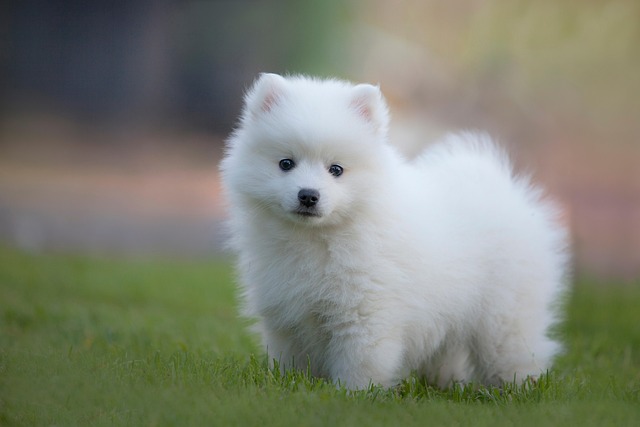
In the American pet - owning community, these initial training steps tie into broader responsibilities. Ensure your puppy's vaccinations are up - to - date as required by state law, especially before taking them to public places for training or socialization. When living in apartments, potty training helps avoid messes and noise complaints from neighbors. During community walks, a puppy that responds to "Come" is less likely to cause disruptions or get into dangerous situations, adhering to good pet etiquette. And remember, positive reinforcement is key throughout the training process. Punishment, such as scolding or hitting, can damage the trust between you and your puppy and even lead to behavioral problems. Instead, focus on rewarding good behavior, which aligns with the animal welfare values deeply ingrained in American pet - loving culture. Also, always clean up after your puppy in public areas to be a responsible pet owner.
By starting with commands like "Come" and potty training, you're giving your puppy the tools they need to become a well - behaved and safe companion. These initial steps lay the groundwork for a lifetime of happy adventures together.

The idea of watching your dog leap, weave, and race through an agility course is exhilarating. But before you dive in, it’s essential to understand the journey ahead,

Deciding to bring a Yorkie into your home means embracing a tiny bundle of energy and charm, but it also raises an important question: how straightforward is potty training?
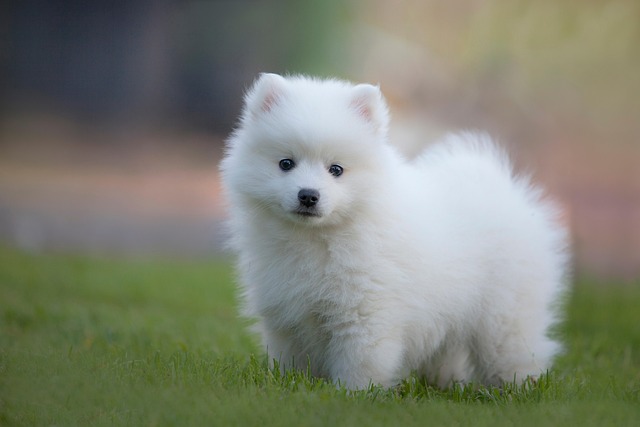
Bringing home a new puppy is an exciting adventure, but it also comes with the big question: What is the first thing you should train your puppy?

Imagine you’re at Seattle’s Green Lake Park with Luna, your energetic Shepherd mix. She spots a duck and lunges, choking herself on the collar.
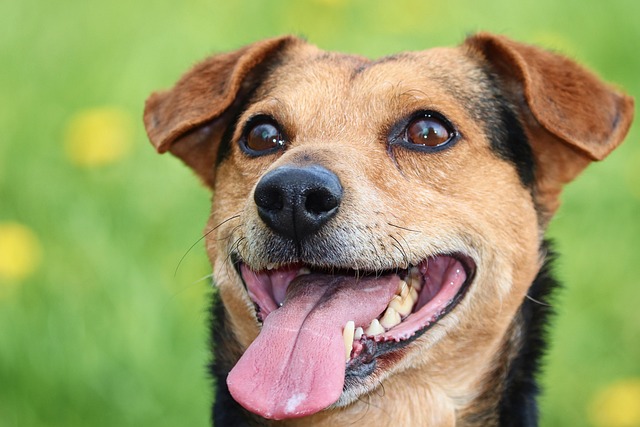
Teaching a 2-year-old dog to fetch might seem challenging, but it’s a rewarding way to bond and keep your furry friend active. Fetch isn’t just a fun game—it provides mental stimulation and physical exercise, essential for a healthy dog.
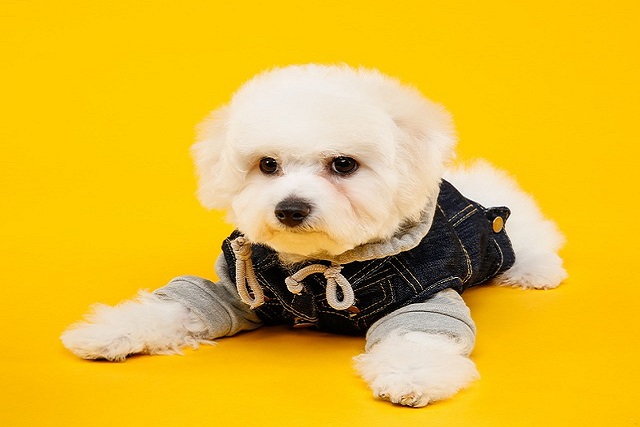
You’ve read all the articles, stocked up on premium treats, and patiently clicked and rewarded your new rescue pup, Charlie.